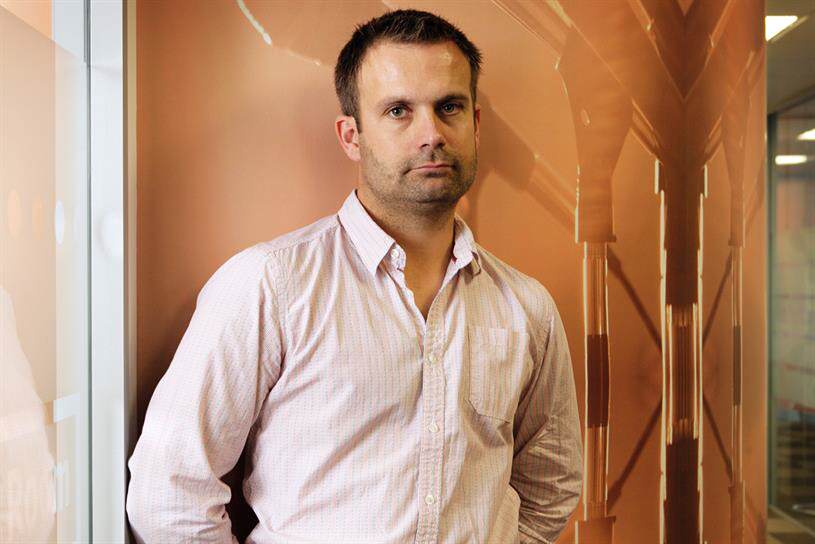
Advertisers have long been concerned over issues of transparency in media buying, but until recently, it was largely speculation. It wasn’t until April of this year that trade body ISBA warned that agencies in the UK have been generating profit through non-transparent practices.
Now, for the first time, the issue has been formally investigated by an independent body, with the Association of National Advertisers (ANA) –the US equivalent of ISBA –this month releasing its long-awaited Media Transparency Study. The report not only found evidence of non-transparent business practices –including cash rebates, media inventory credits and mark-ups –but described such practices as “pervasive” throughout the industry.
The ANA hired consultancy firm K2 Intelligence to conduct interviews with 150 sources between October 2015 and May 2016, and of those directly involved in media buying, more than half (59 of 117) said they were aware of non-transparent business practices. Advertisers, agencies and media suppliers reported that the practices, which are illegal in the US, are often mandated by senior executives.
Although the 58-page report looked at the issue of transparency in the US only, many have argued that the practices have made their way across the Atlantic. Tom Denford, chief executive of ID Comms, maintained that “many of the issues raised by the ANA investigation are not isolated to the US market”, and has called for a similar analysis of business practices in the UK.
The report stated that advertisers rightly believe their agencies should act in their best interest, but found a “fundamental disconnect” in advertiser-agency relationships –many agencies were not acting in their clients’ best interests. This, unsurprisingly, has led to a lack of trust between many advertisers and their agencies.
It is time now for agencies to rebuild trust with their clients. Here at the7stars we agree that clients should have full disclosure when it comes to media buying –as an agency we are hired, in part, because of our ability to compete on price, and to negotiate deals with media vendors. We ensure that any additional revenue from these deals is returned to our clients. We act in our clients’ best interests, and we don’t enter into deals to benefit anyone other than them.
At the7stars, we are always available to discuss how we build plans, explain negotiations, and work directly with clients to ensure we deliver the best deals for them. We believe that clients shouldn’t be afraid to ask their agency questions on any of the above.
For more information on our media trading and principles on transparency, please read our White Paper, available HERE.





Recent Comments